🕓 2025/3/8
#観光地

Table of Contents
- Imperial Palace | A serene oasis in the heart of Tokyo, where history and nature blend
- Senso-ji Temple | Experience the Edo-era charm at Tokyo’s oldest temple
- Meiji Shrine | A tranquil and sacred retreat in the bustling city
Top 3 Must-Visit Attractions in Tokyo
ー What is Tokyo? ー
Tokyo, the capital of Japan, is a city where cutting-edge technology, historic temples and shrines, world-class cuisine, and diverse, vibrant culture come together.
The history of Tokyo dates back to the Edo period (1603–1868), when it flourished as Japan’s largest city and became the political center of the Tokugawa shogunate. Many remnants of this era still exist today, with sites like Senso-ji Temple and Ueno Park attracting visitors from around the world.
Today, Tokyo is Japan’s largest city, with a population of approximately 14 million, and boasts one of the world’s most powerful economies. As a global hub for business, finance, fashion, art, and culture, the city continues to be a dynamic and influential metropolis.
1. Imperial Palace | A Serene Oasis Where History and Nature Blend
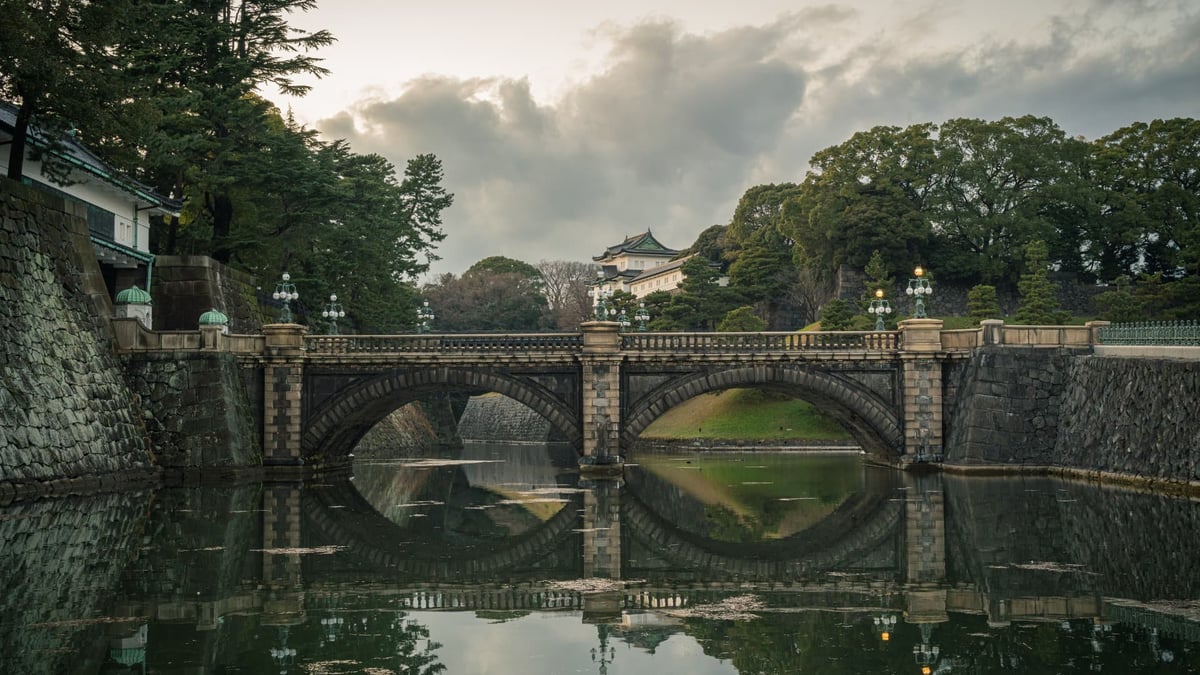
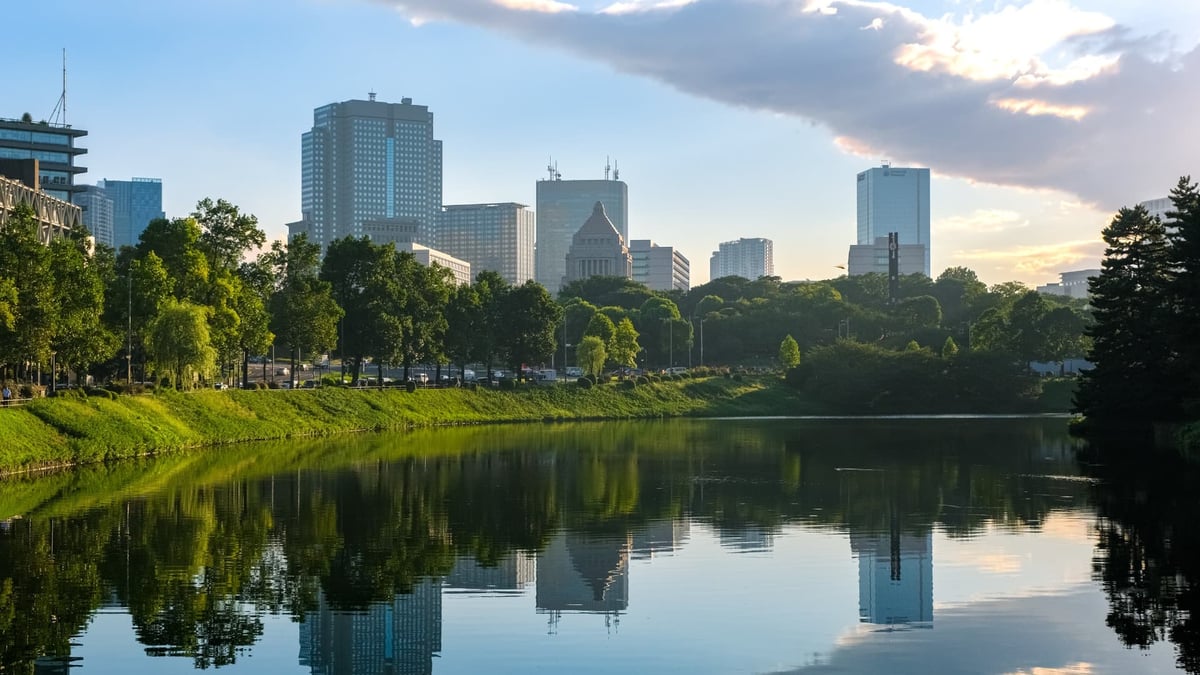




● The Charm of the Imperial Palace
Located in the heart of Chiyoda, Tokyo, the Imperial Palace is a unique place where history and nature coexist in perfect harmony. Originally built as Edo Castle, it served as the residence of the Tokugawa shoguns, but after the Meiji era, it became the home of the Emperor and remains so to this day.
The Imperial Palace grounds consist of areas open to the public, areas that require advance reservations, and areas with restricted access. The inner grounds, where the Emperor and the imperial family reside, are not usually open to the public. However, on special occasions such as the New Year's Greeting (January 2) and the Emperor’s Birthday, visitors are allowed to enter the Kyuden (Palace) Grounds.
Despite being located in the city center, the palace grounds are filled with lush greenery. The Ninomaru Grove and the Orchard of Ancient Fruit Varieties in the East Gardens feature diverse plant life and attract many species of wild birds.
With its historical significance and rich natural surroundings, the Imperial Palace offers a rare opportunity to experience both history and nature in the heart of Tokyo. It truly stands as "Tokyo's Oasis."
● The History of the Imperial Palace

The Imperial Palace is an iconic symbol of Japan’s enduring history and culture. Its origins trace back to Edo Castle, which was built in 1457 by the samurai lord Ota Dokan. In 1590, Tokugawa Ieyasu took control of the castle, establishing it as the political center of the Tokugawa shogunate. However, the castle’s main keep was destroyed in the Great Meireki Fire of 1657 and was never rebuilt.
Following the Meiji Restoration in 1868, the Tokugawa shogunate came to an end, and Emperor Meiji moved to Tokyo. Edo Castle was then renamed Tokyo Castle and became the imperial residence. However, in 1873, a fire destroyed the Nishinomaru Palace, and the Emperor temporarily relocated to Akasaka Palace. In 1888, the Meiji Palace was completed, serving as the new imperial residence.
During World War II, the Tokyo Air Raids of 1945 devastated the palace, burning down the Meiji Palace. After the war, restoration efforts were undertaken, and in 1968, the current Kyuden (Imperial Palace) was completed. Today, the Imperial Palace is cherished not only for its historical value but also as a vital green space in the heart of Tokyo.
● Access to the Imperial Palace
- Address: 1-1 Chiyoda, Chiyoda City, Tokyo, Japan
Access: 10-minute walk from Tokyo Station - Official Website:Imperial Palace Official Website
- Google Maps:View Imperial Palace Location
>>Click here for more details on the Imperial Palace
2. Senso-ji Temple | Experience the Edo-era charm at Tokyo’s oldest temple
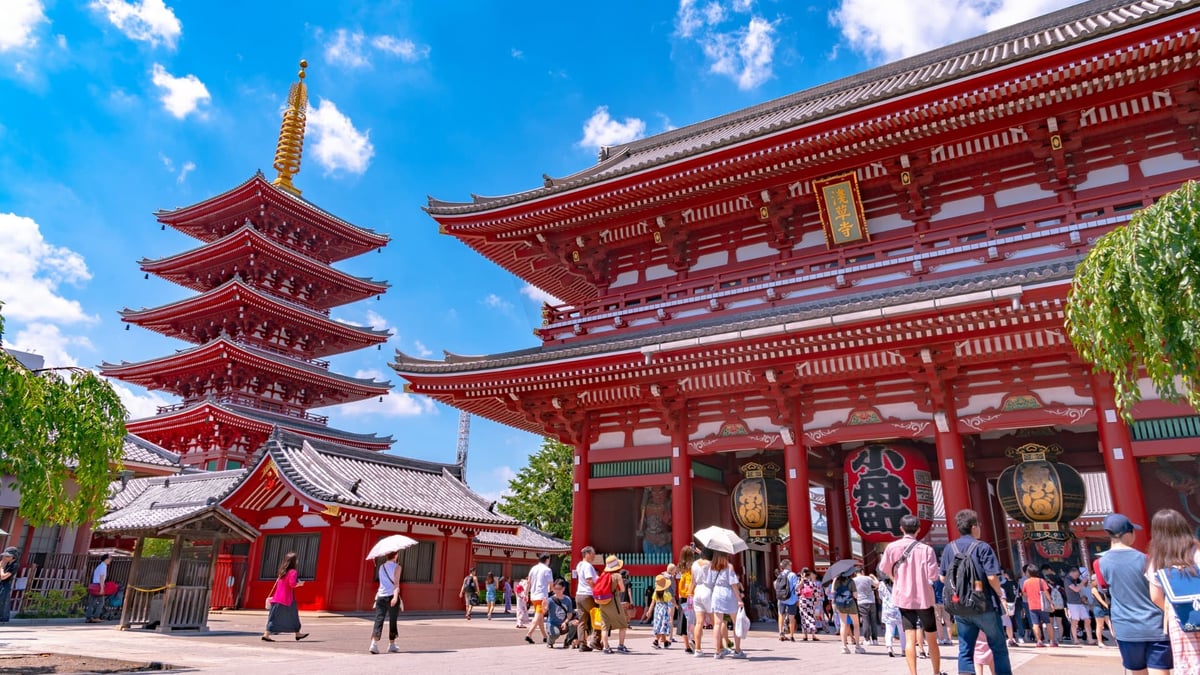
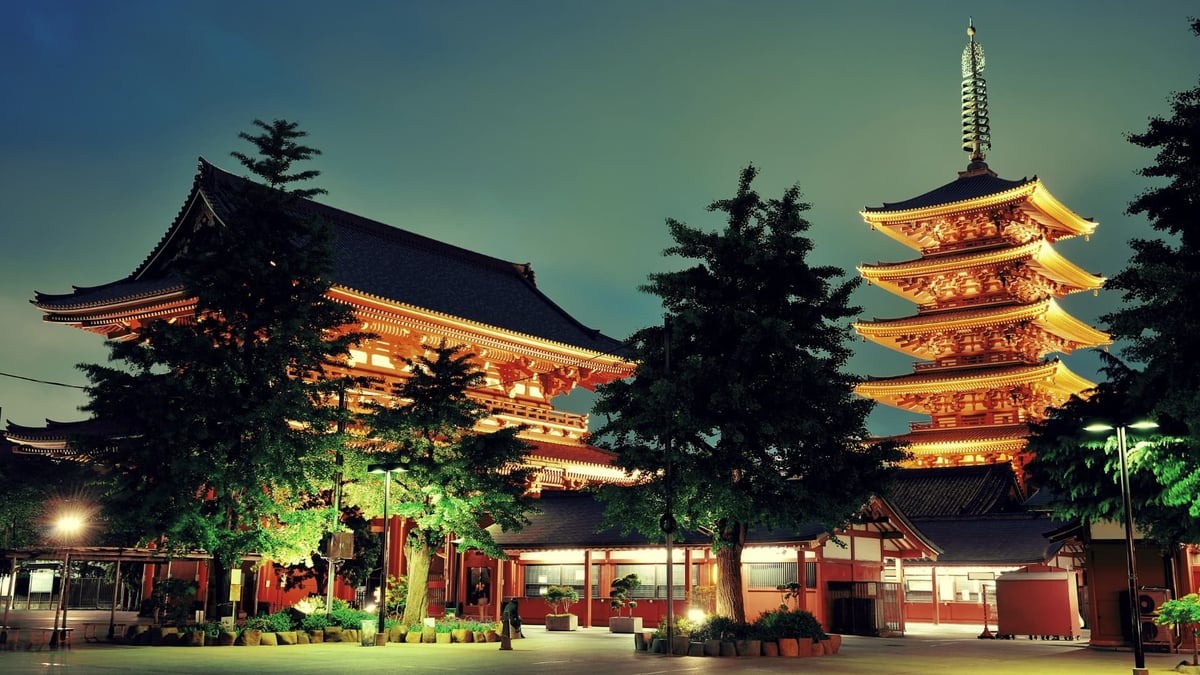




● The Charm of Senso-ji Temple
Located in Asakusa, Taito City, Tokyo, Senso-ji Temple is the oldest temple in Tokyo and one of Japan’s most famous landmarks, attracting around 30 million visitors annually. With its historical architecture, deep-rooted traditions, and lively shopping streets, Senso-ji continues to captivate both domestic and international tourists.
The temple’s most recognizable symbol, Kaminarimon (Thunder Gate), features a massive red lantern and serves as a popular photo spot. Passing through Kaminarimon leads to Nakamise-dori, one of Japan’s oldest shopping streets, lined with around 90 shops selling traditional snacks, souvenirs, and crafts. Beyond Nakamise-dori, visitors will find the main hall, five-story pagoda, and other historic structures that add to the temple’s grandeur.
Senso-ji hosts numerous annual events, with Sanja Matsuri in May being the most famous, drawing large crowds for its vibrant processions. The area surrounding the temple is also rich in cultural and culinary experiences, with notable spots like Kappabashi Kitchenware Street and Hoppy Street, making it a must-visit destination in Tokyo.
● The History of Senso-ji Temple

Senso-ji Temple has a history dating back to 628 AD, making it the oldest temple in Tokyo. According to legend, on March 18 of that year, two fishermen, Hinokuma Hamanari and Hinokuma Takenari, were fishing in the Sumida River when they caught a small statue of Kannon, the Goddess of Mercy, in their net. They presented the statue to Haji no Nakatomo, a local village chief, who recognized its significance. He converted his home into a temple and enshrined the statue, marking the beginning of Senso-ji.
Over the centuries, Senso-ji witnessed numerous historical events and flourished as a center of worship. In 1180, Minamoto no Yoritomo prayed at the temple for victory against the Taira clan. Later, in 1590, Tokugawa Ieyasu designated Senso-ji as an official place of worship and granted it a domain of 500 koku (a unit of rice taxation).
During the Edo period (1603–1868), Senso-ji became a popular pilgrimage site among commoners. The surrounding district grew into a bustling cultural hub, filled with shops, theaters, and entertainment venues. However, much of the temple, including the main hall, was destroyed in the Tokyo Air Raids of 1945. The current main hall was rebuilt in 1958, preserving Senso-ji’s legacy as a spiritual and cultural landmark.
● Access to Senso-ji Temple
- Address: Asakusa 2-chome, Taito City, Tokyo, Japan
- Access: 5-minute walk from Asakusa Station (Tokyo Metro Ginza Line), 8-minute walk from Asakusa Station (Toei Asakusa Line)
- Official Website:Senso-ji Temple Official Website
- Google Maps:View Senso-ji Temple Location
>>Click here for more details on Senso-ji Temple
3. Meiji Shrine | A Sacred and Tranquil Space in the Heart of the City
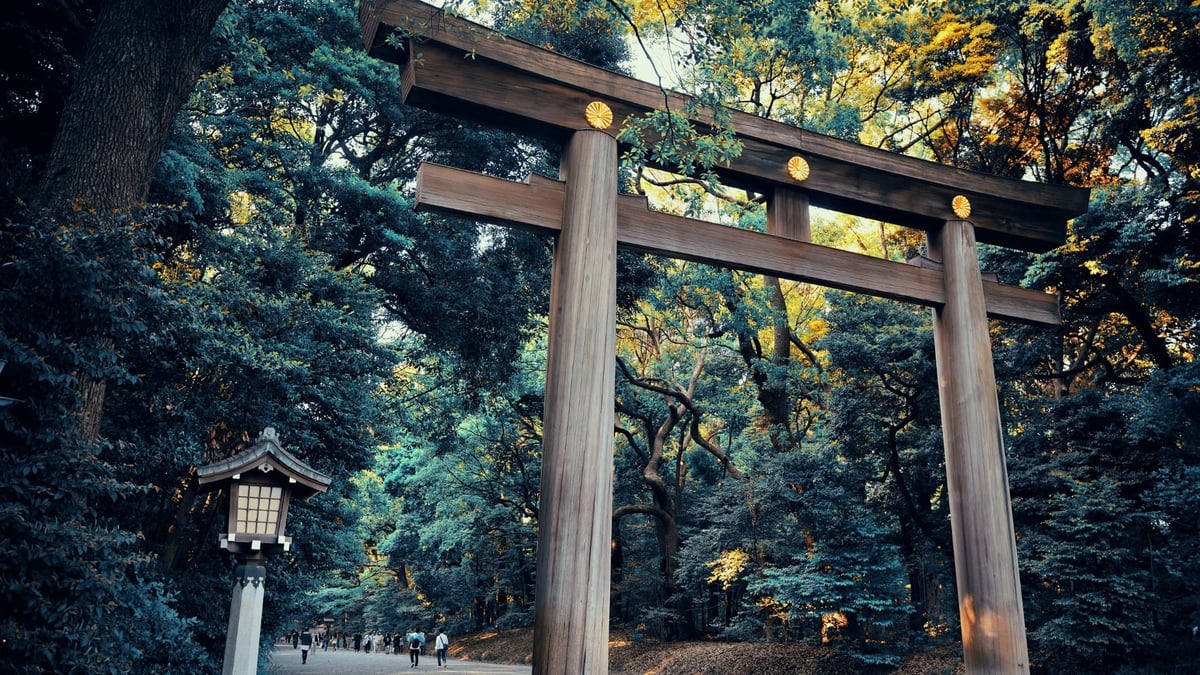
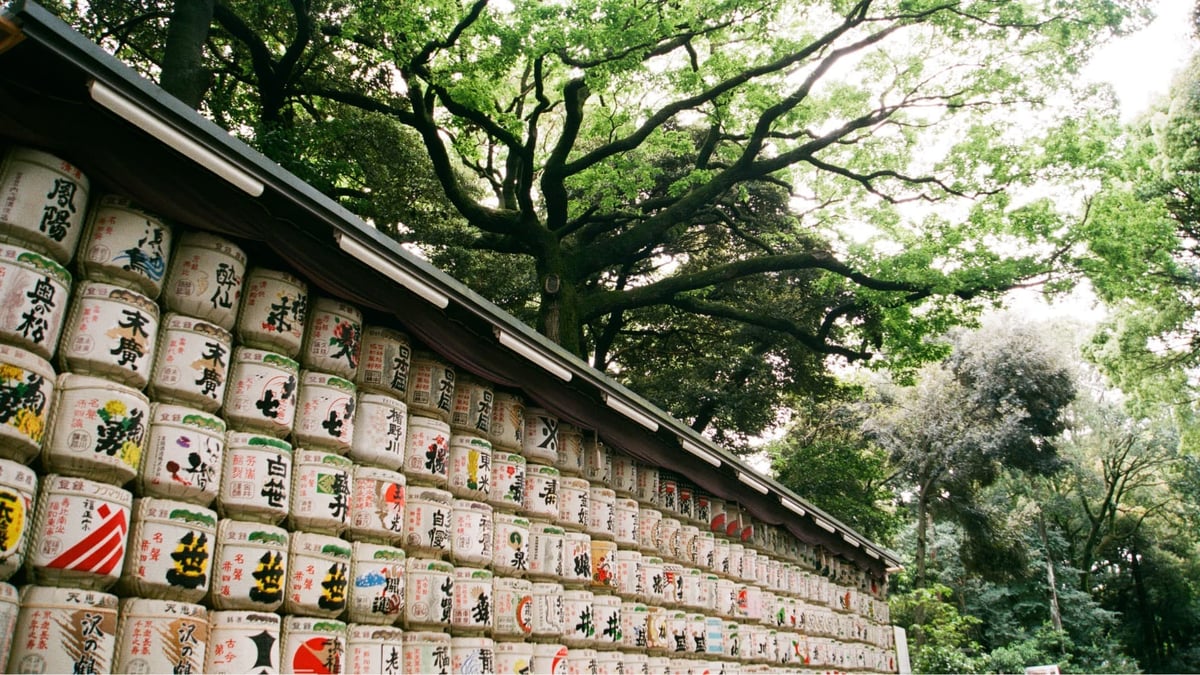




● The Charm of Meiji Shrine
Located in Shibuya, Tokyo, Meiji Shrine is a sacred site dedicated to Emperor Meiji and Empress Shoken, established in 1920. The vast grounds are home to approximately 100,000 trees, creating a serene forest that showcases stunning natural beauty throughout the seasons. Often referred to as the "Eternal Forest," this sacred space offers visitors a peaceful retreat in the heart of the metropolis.
The shrine complex features one of Japan’s largest wooden torii gates, a majestic main hall, and several historical structures. Inside the Meiji Jingu Museum, visitors can view artifacts and documents related to Emperor Meiji, offering a glimpse into Japan’s modern history. Meiji Shrine is also known as a spiritual power spot, with Kiyomasa’s Well (Kiyomasa Ido) being particularly famous for its clear spring water, attracting many visitors.
Another appealing aspect of Meiji Shrine is its easy accessibility. It is just a short walk from Harajuku Station (JR Yamanote Line) and Meiji-Jingumae Station (Tokyo Metro), making it convenient for visitors to stop by.
● The History of Meiji Shrine

Meiji Shrine was established on November 1, 1920, in Yoyogi, Tokyo, to honor Emperor Meiji and Empress Shoken. After Emperor Meiji passed away in 1912 and Empress Shoken in 1914, a strong desire arose among the Japanese people to commemorate their spirits and contributions to the nation. In response to this public sentiment, the government decided to construct a shrine, selecting Yoyogi as the site due to its historical connections with the imperial family.
During the shrine's construction, approximately 100,000 trees were donated from across Japan, and over 110,000 young volunteers participated in the planting efforts, creating the lush forest seen today.
During World War II, on April 14, 1945, the shrine's main structures were destroyed in air raids. However, in 1958, Meiji Shrine was reconstructed, restoring its significance as one of Tokyo’s most revered religious and cultural landmarks.
● Access to Meiji Shrine
- Address: 1-1 Yoyogi-Kamizonocho, Shibuya City, Tokyo, Japan
- Access:
3-minute walk from Harajuku Station (JR Yamanote Line)
3-minute walk from Meiji-Jingumae Station (Tokyo Metro Chiyoda & Fukutoshin Lines)
5-minute walk from Sangubashi Station (Odakyu Line) - Official Website:Meiji Shrine Official Website
- Google Maps:View Meiji Shrine Location
>>Click here for more details on Meiji Shrine
■ Related Articles
